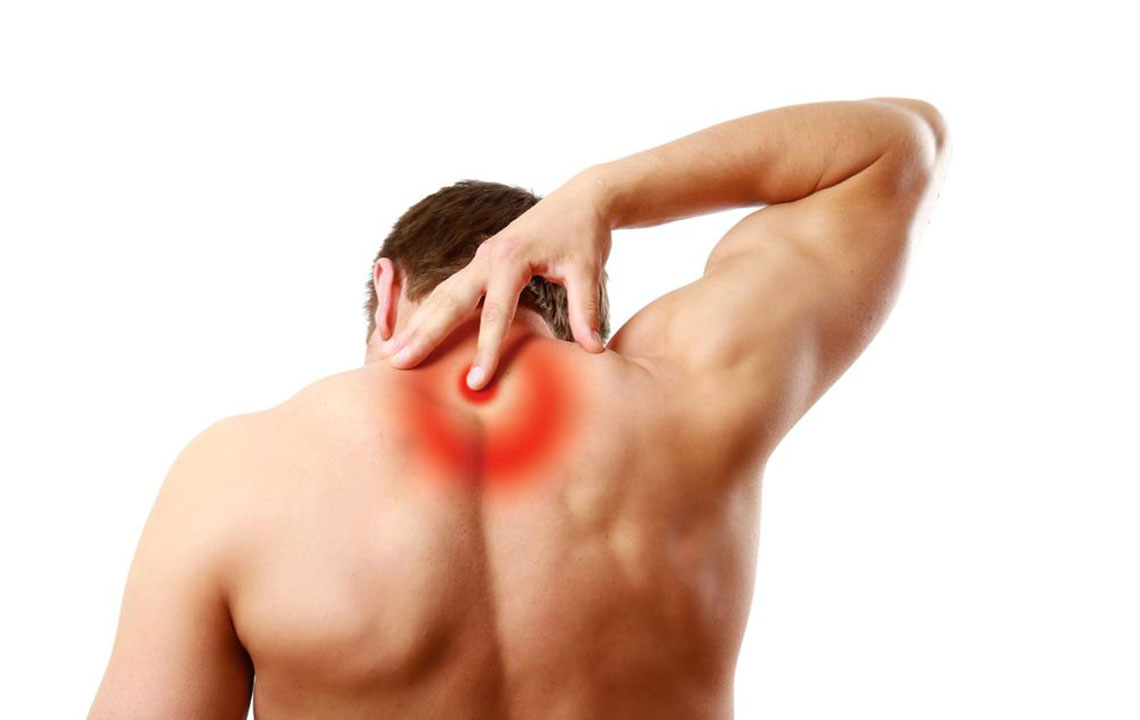Effective Medication for Different Types of Pain
Any sensation that hurts and causes you discomfort, distress, and agony is what medicine calls pain. Pain can be in different forms. It may be constant and steady, like an ache. It may be pulsating or throbbing. It can also be a stabbing or pinching sensation.
Depending on its intensity, pain can cause discomfort and sometimes even disability. To avoid any pain from hindering your daily life, it is important that you treat it.

Over-The-Counter Pain Medication
This medication includes Acetaminophen or Tylenol and Non-Steroidal Anti-Inflammatory Drugs (NSAIDs).
Both these types of medication help reduce fever and pain caused by muscle stiffness and aches. NSAIDs can also help in reducing inflammation in the tissues. Each of these produces a pain relieving effect using different methods.
Acetaminophen works on the parts of the brain that receive the messages that a body part is in pain. NSAIDs, on the other hand, reduce the production of prostaglandin, which is a hormone-like substance that causes pain. Excessive usage of NSAIDs can lead to stomach problems, and also carry risks of increasing strokes and heart attacks.
Topical Pain Relievers
These include sprays, creams, and lotions which are applied to the skin of the affected area to help reduce the pain from sore muscles or arthritis. These medications help to relieve pain from various problems. They are also available without a doctor’s prescription and are an excellent solution for minor aches.
Prescription Pain Relievers
This medication for pain relief includes several types of medicines like Corticosteroids, Opioids, Antidepressants, and Anticonvulsants (anti-seizure medications). Each of these types of medications is described below.
Corticosteroids
These medicines help reduce the pain in inflamed areas of the body by easing the redness, swelling, itching, and also allergic reactions. They’re used to treat allergies, arthritis, and asthma. They are given in forms of pills or injections to reduce pain.
They may sometimes contain side effects like weight gain, stomach upsets, mood swings, headaches, partial insomnia, and weakening of bones and immune system. These effects, however, are minimized by low doses for as short periods of time possible.
Opioids
Opioids are narcotic pain relievers that contain either natural, or synthetic, or even semi-synthetic opiates. They are used to treat acute pain for extremely short periods, like pain after surgery. Some of these are Morphine, Fentanyl, Oxycodone, and Codeine.
This medication is highly effective for severe pain and doesn’t cause bleeding in the body or the stomach, unlike some other types of pain relievers. These drugs are given for short periods to avoid the patient from getting addicted to them. But extensive exposure to this medication can lead to a few side effects like drowsiness, constipation, nausea, difficulty in breathing, itching, and addiction.
Antidepressants
As the name suggests, this type of medication helps in the reduction of pain or emotional stress. It works by adjusting the level of neurotransmitters, which are natural chemicals, in the brain and make your brain more active towards signals for well-being and relaxation. This helps enable pain control for people, generally with chronic pains, who don’t entirely respond to usual treatments.
Migraines and menstrual cramps are some of the chronic pains that are treated with antidepressants. Antidepressants need a steady build up over a period. To treat pain, they are given in doses much lower than those for treating depression.
Most antidepressants have fewer side effects compared to the other types of pain relief medication. Some common side effects include blurry vision, difficulty in urinating, constipation, fatigue, dry mouth, nausea, and headaches.
Anticonvulsants
This medication is used to cure and relieve seizures, but have been proved to be effective in relieving pain as well. Researchers don’t exactly know how they help treat pain, but some theories state that they reduce the effects of the nerves that cause pain. Some examples of anticonvulsants are carbamazepine, gabapentin, and pregabalin.
This medication doesn’t cause as many side effects as the other types and is well tolerated. In some rare cases, the patient may experience few side effects like drowsiness, fatigue, dizziness, and nausea.
Some other types of pain treatments
Another popular means of relieving pain is with the use of medication like lidocaine patch or cream. This is also a prescription medication and helps treat itchiness, irritation, and soreness caused by a few types of skin conditions. The medication generally contains lidocaine, which is an anesthetic and decreases pain by numbing the affected area temporarily.
If your pain is not relieved by any of these methods, then your doctor might suggest meeting a pain management specialist. They will try some other methods, like physiotherapy and other medication, to try and relieve you of your pain. Some of these methods include TENS, which is a patch attached to the skin which sends signals to reduce pain.
Try visiting a doctor to understand the cause of pain in case you suffer from a chronic ache. If necessary, the doctor will also prescribe proper medication for pain relief.